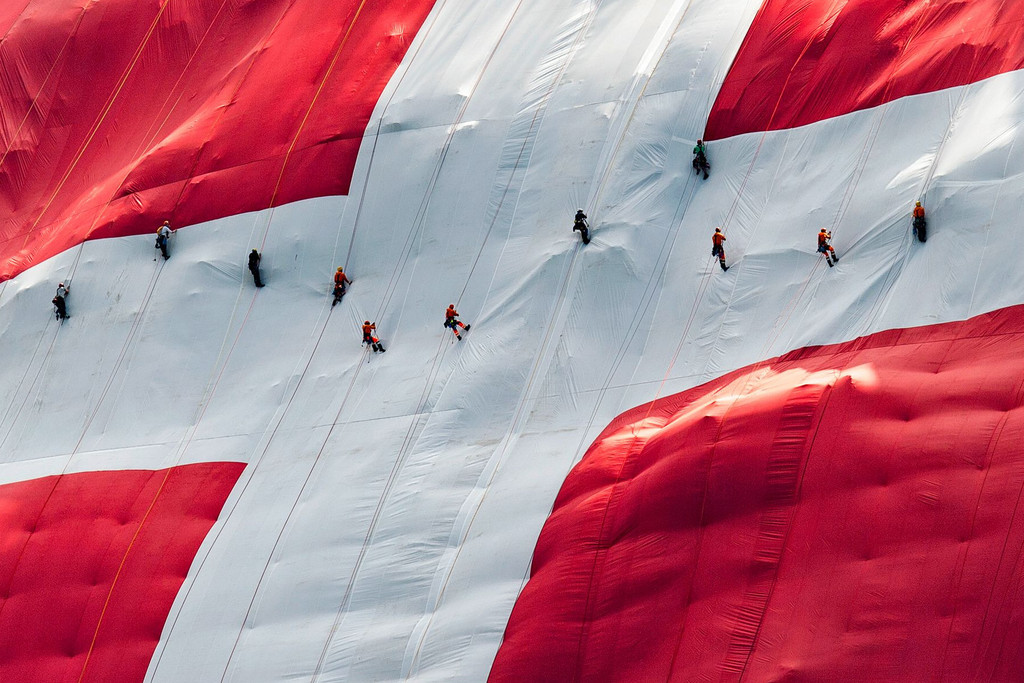Couples marrying, mountains swaying
01.04.2022 – FIGURES COMPILED BY MARC LETTAU
19.2
Switzerland began 2022 with record temperatures, as Poschiavo in the Alps recorded a high of 19.2°C. It is hard to know whether to laugh or cry about such distinctly unseasonal weather. In January as a whole, 13 out 14 Swiss weather stations recorded above-average temperatures.
22.2.22
Swiss couples prefer to marry in summer than in winter. This February was an exception – but not because of the mild weather. It had more to do with a unique date. On 22/2/22, almost all wedding venues in Switzerland were booked out. The couples who tied the knot on this quirky date presumably also did so for the right reasons.
6.2
Books are dead, they say. But the statistics say otherwise. In 2021, book sales in German-speaking Switzerland rose for the third year in succession – this time by five per cent. Fiction was up 6.2 per cent. And six of the top ten bestselling novels in German-speaking Switzerland were written by the following Swiss authors: Donna Leon, Benedict Wells, Christine Brand, Joël Dicker, Arno Camenisch and Silvia Götschi.
9,000,000,000
Nine billion cigarettes are consumed in Switzerland every year. The nicotine haze is quite thick at the moment, with sales of cigarettes and other tobacco products having risen since the beginning of the pandemic – the first time they have done so in ten years, climbing four per cent. People working from home is one of the reasons, say experts.
2
The numbers on this page often indicate change. But surely not in the case of the mighty, immutable Matterhorn. Wrong! Scientists says that the summit of Switzerland’s iconic mountain is in constant motion, swaying a few micrometres back and forth once every two seconds – stimulated by seismic energy in the earth. The swaying is over ten times stronger at the summit than at the base of the mountain, rather akin to how the top of a tree sways more in the wind.
The Matterhorn sways on its own due to seismic energy in the earth. Its summit oscillates in a north-south direction at a frequency of 0.43 hertz (left), and in an east-west direction at a frequency of 0.46 hertz. The movement in this computer simulation is extremely exaggerated for illustrative purposes. Simulation: Swiss Federal Institute for Forest, Snow and Landscape Research (WSL)












Comments